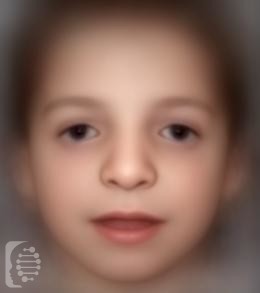What is Treacher Collins syndrome?
Treacher Collins is a genetic disorder that occurs in around 1 in every 50,000 births., making it a rare disease.
Symptoms may vary considerably between individuals but the condition mainly affects the development of bones and tissue in the face.
This syndrome is also known as:
Franceschetti syndrome; Mandibulofacial Dysostosis, Treacher Collins Type; TCS
What gene change causes Treacher Collins syndrome?
Mutations in the TCOF1 gene cause 90-95% of the cases of the syndrome. The remaining cases are caused by mutations to the POLR1C, POLR1B, POLR1D genes. The disease is inherited in 40% of cases, with the majority being the result of a spontaneous mutation.
In some cases, a genetic syndrome may be the result of a de-novo mutation and the first case in a family. In this case, this is a new gene mutation which occurs during the reproductive process.
What are the main symptoms of Treacher Collins syndrome?
- The main symptoms of the syndrome mainly relate to the face.
- These unique facial features include a lazy eye, sparse or absent eyelashes, abnormal or small cheekbones, a smaller lower jaw and chin.
Ears may be smaller, malformed or even absent and hearing loss is an issue in individuals with the syndrome. As is a cleft palate. - Individuals may also have fewer teeth, and misaligned, discolored teeth.
- Speech and motor development delay are not uncommon in individuals with the syndrome as well.
Possible clinical traits/features:
Malar flattening, Lower eyelid coloboma, Downslanted palpebral fissures, Abnormality of the outer ear, Cleft palate, Autosomal recessive inheritance, Micrognathia, Mandibulofacial dysostosis
How is it diagnosed?
To find out if someone has a diagnosis of Treacher Collins syndrome, it is important to have a consultation and evaluation with a clinical genetic specialist. Specialists may also suggest specific genetic testing or other types of tests to help reach a diagnosis. FDNA’s AI technology can help speed up the diagnostic process by analyzing facial features and other health information.

